BoC Governor Tiff Macklem said yesterday that supply bottlenecks are “not easing as quickly as expected”. Global inflation is “probably going to take a little longer to come back down”.
But he also added, the central bank’s job is “to make sure that these one-off price increases don’t become ongoing inflation.” He maintained, “there’s good reasons to believe that these are one-off price increases. They won’t create ongoing inflation.”
On the job market, Macklem said returning to the prepandemic employment level “is an important milestone, but it’s not the destination”. He added, “it is still the case though that low-wage workers are well below their prepandemic level, whereas other workers have slowly recovered. So there still is some space there.”




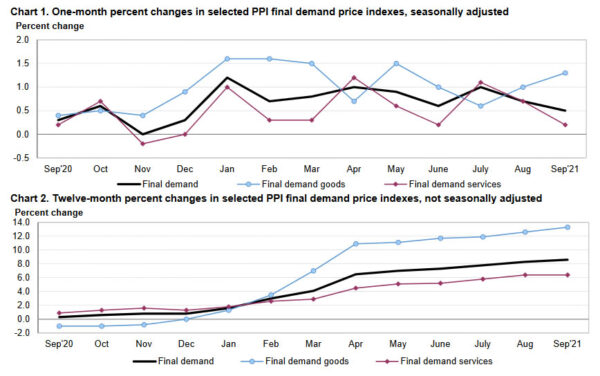
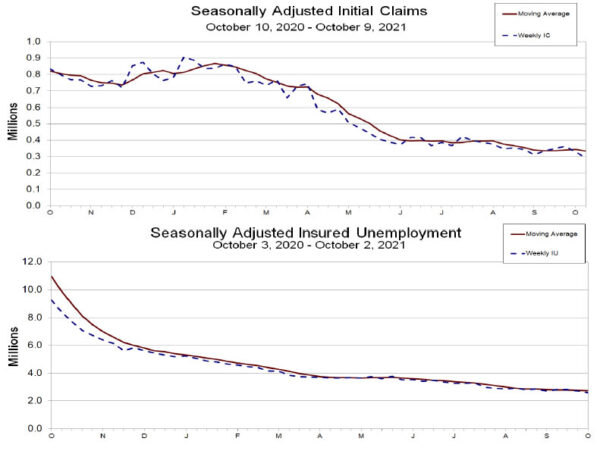
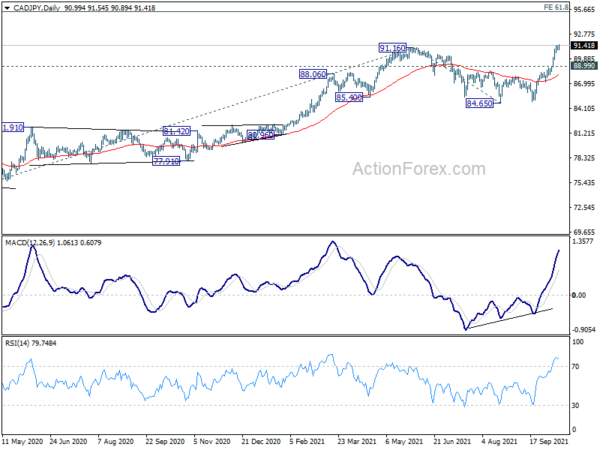
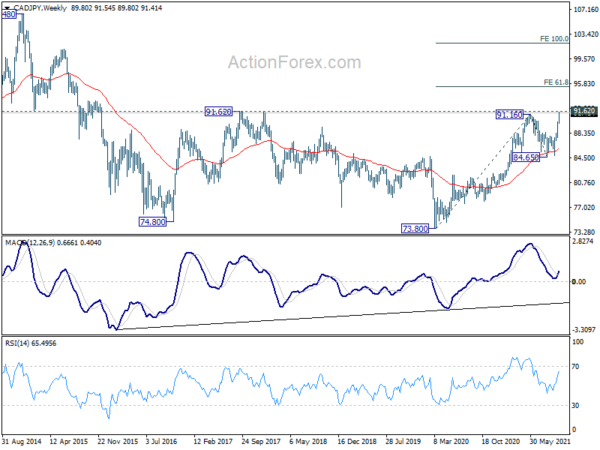
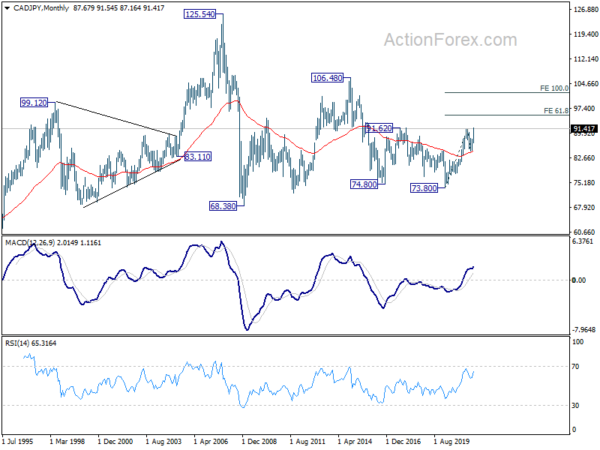
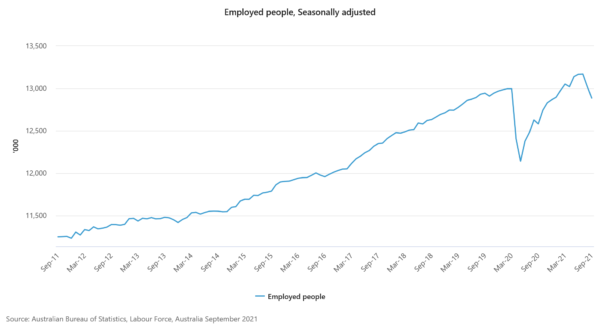
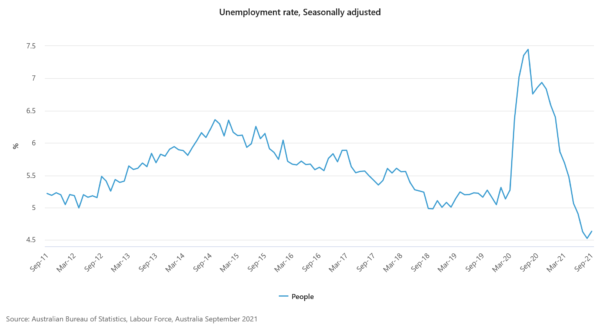
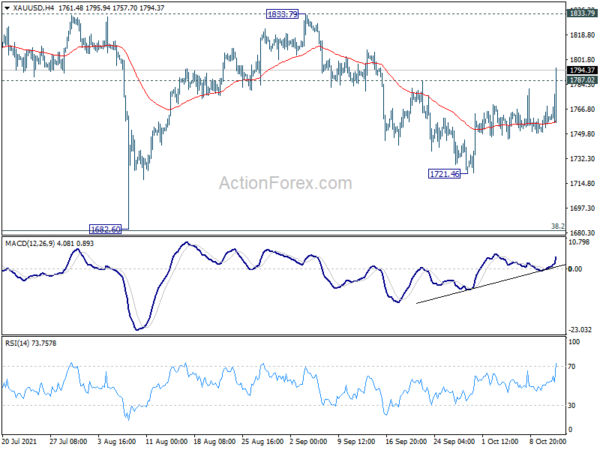
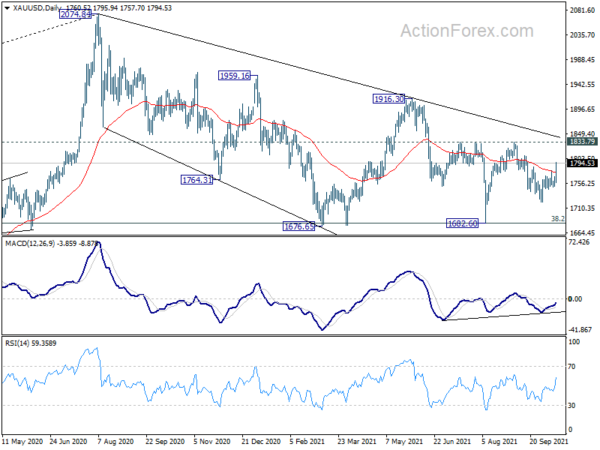
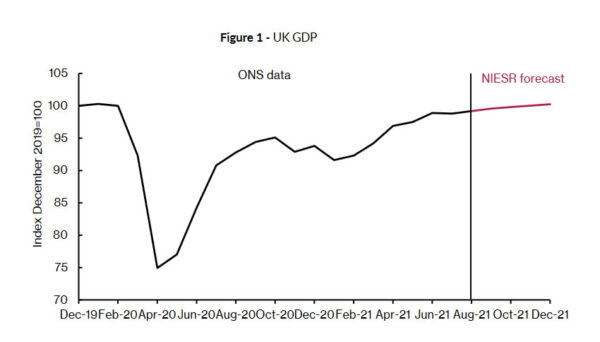

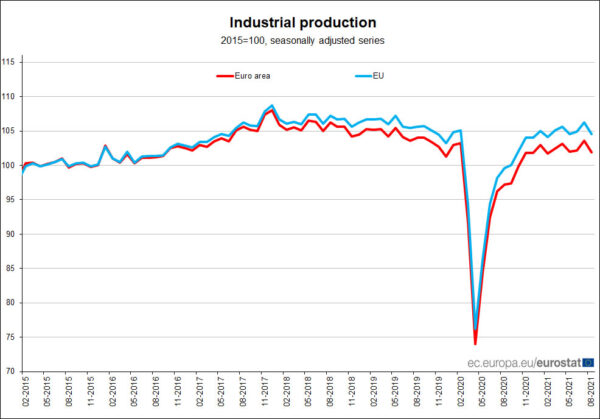
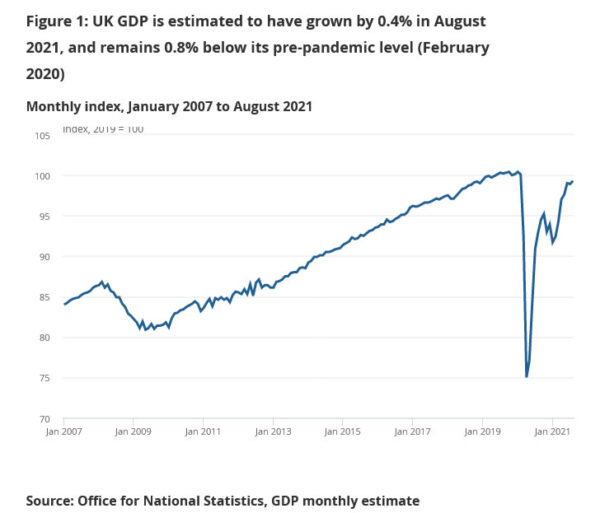

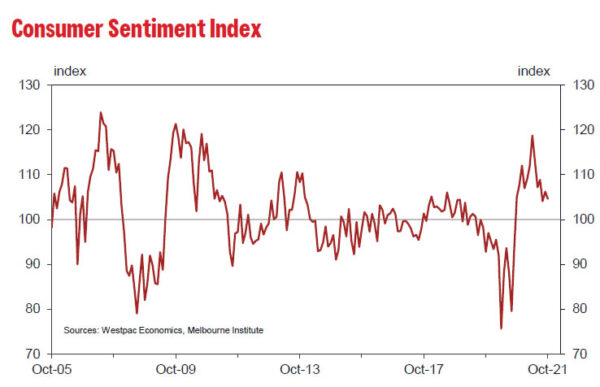

Japan Cabinet Office said exports increasing at a slower pace
In the October Monthly Economic Report, Japan’s Cabinet Office downgraded assessment on exports to “increasing at a slower pace”, from “continue to increase moderate”. That’s the first downgrade in seven months.
Overall, the economy is “picking up although the pace has weakened in a severe situation due to the Novel Coronavirus.” Private consumption “shows weakness further”. Business investment is “picking up”. Industrial production is “picking up”. Corporate profits are “picking up”. Employment situation “shows steady movements in some components”. Consumer prices show “steady movements”.
As the government lifted state emergency, it will “develop a new economic stimulus package” to address the issues of reopening. It expects BoJ to “pay careful attention to the economic impact of the infections and conduct appropriate monetary policy management”.
Full report here.